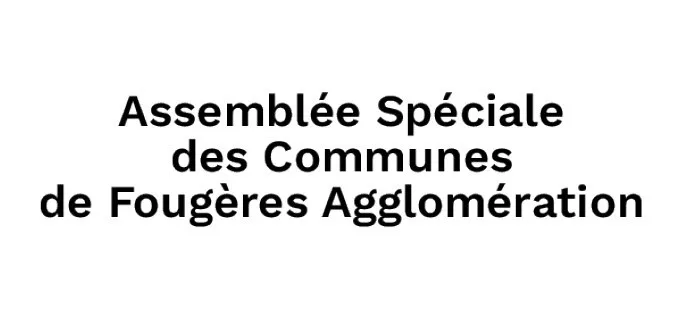Many times visited by great writers, the city of Fougères offers poets, painters, photographers, and of course tourists an incomparable site.
Writers inspired by Fougères
Victor Hugo (1802-1885)
The illustrious author of Les Misérables and Notre Dame of Paris, discovered Fougères in June 1836 thanks to Juliette Drouet native of the City, during his excursion in Britain.
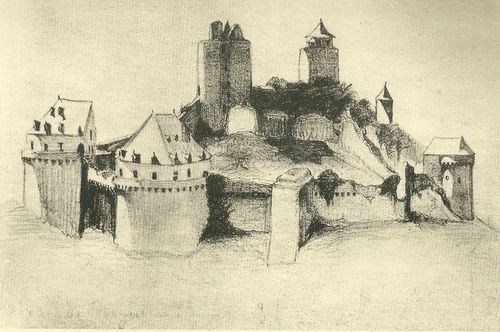
Drawing by Victor Hugo during his trip to Fougères 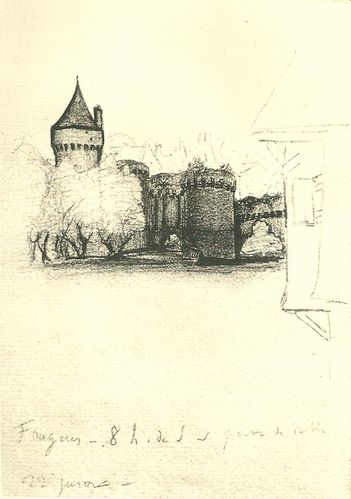
Drawing by Victor Hugo during his trip to Fougères
I am at this hour in the country of Ferns, in a town which should be devoutly visited by painters.
From his excursions, Victor Hugo brings back drawings : the castle of Fougères seen from the Place aux Arbres (the current Public Garden), the Porte Notre-Dame, the Tourgue, as well as a gargoyle of the Saint-Léonard church. He mainly draws inspiration from his novel “Ninety-three” which will be published in 1874.
Juliette Drouet (1806-1883)
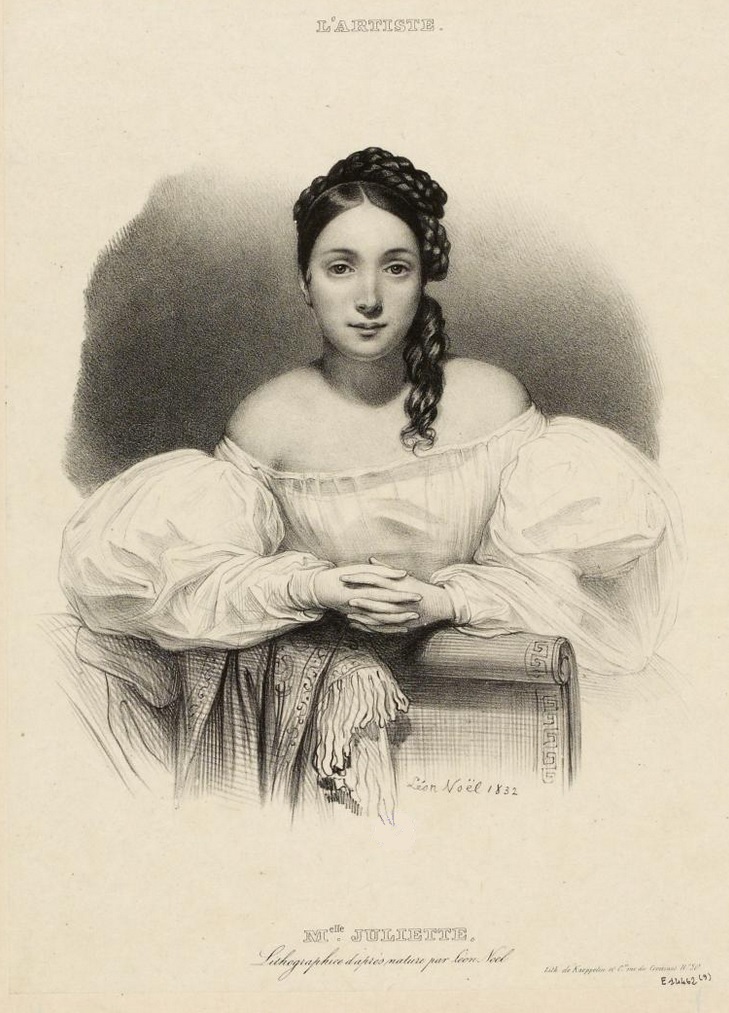
Juliette Drouet, whose real name is Gauvin, is born in Fougères. Orphaned very early, Juliette finds herself in Paris in a religious boarding school but finds no vocation there. Subsequently, she made her debut as an actress in Brussels, then achieved great success on her return to Paris. She then took the name Drouet in honor of her uncle who raised her. In 1831, when she interpreted the role of Princess Négroni in "Lucrèce Borgia", Juliette Drouet and Victor Hugo meet. It's love at first sight: she then becomes his lover, his muse and his inspiration.
She will help Victor Hugo to write the history of Les Misérables, because many moments of his life spent in the convent constitute several chapters of this novel. In 1851-522, she accompanied him in his exile first to Brussels, then to Guernsey. She will write him thousands of letters, which are still preserved in Fougères.
Jean Guéhenno (1890-1978)
Famous French writer, Jean Guéhenno is recognized as one of the great French figures of pacifism. Jean Guéhenno was born in Fougères in 1890 in this "small gray and blue town of Brittany", in the new district of Bonabry. The son of a shoemaker, he had to work and drop out of college when his father fell ill. He therefore becomes a factory worker in spite of himself, but works his baccalaureate late at night after his working days. In 1911, he was admitted to the Normale Supérieure. Wounded in the eye during the First World War, he became a teacher and then a writer. During the occupation, he actively participated in the Intellectual Resistance. At the Liberation, he was director of the Youth and Popular Culture Movements. In 1962, he was elected to theFrench Academy. He will be editor-in-chief of the Revue Europe then of the Friday newspaper, columnist at Figaro, then at Le Monde. In “The Diary of a 40-Year-Old Man” and in “Changer la Vie”, Jean Guéhenno evokes his youth in Fougères and in his native country.
The illustrious characters of Fougères
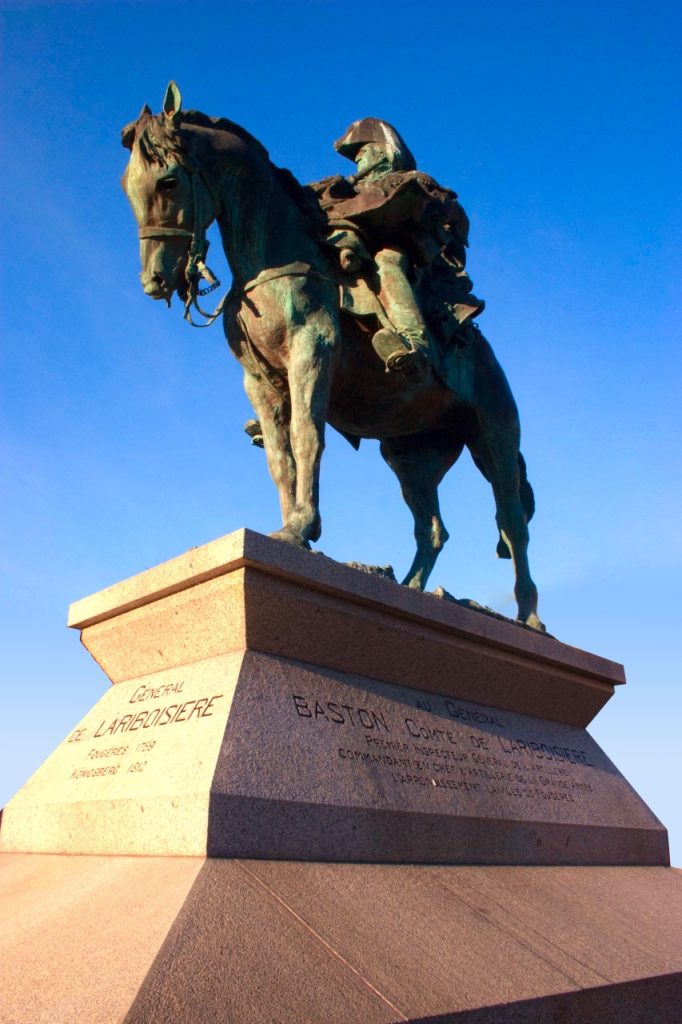
General de La Riboisière (1759 – 1813)
Jean-Ambroise Baston, Count of La Riboisière born in Fougères, studied brilliantly at the College of Rennes, then became an officer in the artillery regiment which later joined Napoleon Bonaparte. They were soon in touch and became friends. La Riboisière took part in all the wars of the Revolution and Empire, and contributed powerfully to the success of the great battles of Austerlitz,Iéna, Friedland, Wagram, and La Moskowa. Appointed count of the Empire in 1808, he was elevated in 1811 to the dignity of first inspector general of artillery. At the Battle of La Moskowa, he lost his second son, a young officer full of promise. "Here," he said, seeing him hit, "a bullet that will kill the father and the son." He died in fact at Koenigsberg on his way back from the Russian campaign, and was later buried at the Invalides. His heart rests in Monthorin Castle in Louvigné du Désert!
Marquis of Rouërie (1751-1793)
Born in Fougères, Armand Tuffin de la Rouërie covered himself with glory in America under the name of Colonel Armand, during the Independance War, where he became friends with Washington. Returning to Paris, he made himself the ardent defender of Breton privileges. In Saint-Ouen-la-Rouërie shortly before 1789, he founded the Breton Association which in 1791-1792 prepared an insurrection, a counter-revolutionary movement. Betrayed by one of his friends, he was hunted down and died of exhaustion at the Château de la Guyomarais (Côte d'Armor) on January 30, 1793. He was beheaded post-mortem.
Georges Franju (1912-1987)
Georges Franju was born in 1912 in Fougères, which he left as a teenager for Paris. Passionate about cinema, he turns to the creation of posters then meets Henri Langlois with whom he founds the cinematheque. From 1958 he made several films including “The Head Against the Walls”, “Thérèse Desqueyroux”, “The Eyes Without a Face” and “Judex”. He died in 1987.




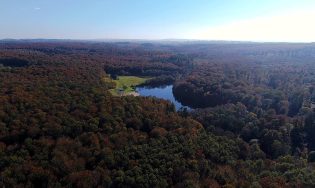









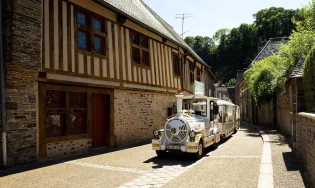


 Groups
Groups





